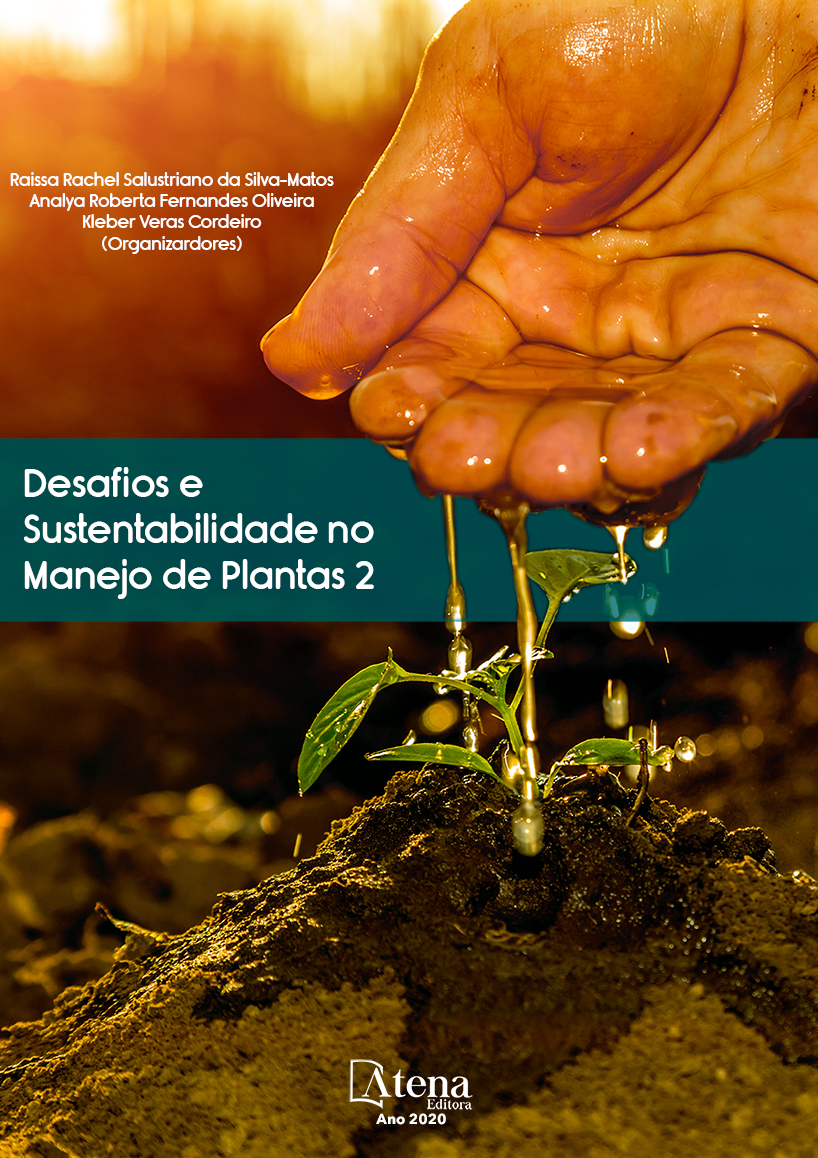
PRODUÇÃO E QUALIDADE DE FRUTOS DE AMOREIRA-PRETA SUBMETIDA A DIFERENTES INTENSIDADES DE PODAS
O cultivo da amora-preta está em ascensão no Brasil, mas para que se possa recomendar seu plantio em determinada região é necessário conhecer o comportamento e práticas de manejos para as condições edafoclimáticas locais. O experimento foi conduzido na safra 2018/19, no município de Giruá RS, com o objetivo de avaliar a influência da poda, no primeiro ano do pomar, a produção e a qualidade das frutas de amoreira-preta. As plantas da cultivar “BRS Xingu”. Foram tutoradas e espaçadas em 0,5 m x 3,0 m. O delineamento foi inteiramente casualizado, com quatro repetições e três plantas por unidade experimental. Para a região estudada, a colheita se iniciou em novembro e se estendeu por 42 dias. Considerando os resultados obtidos para o primeiro ano do pomar, a produtividade foi maior nas plantas que não foram podadas. O tratamento sem poda teve produção superior a 22 T/ha, evidenciando o potencial da cultura para a região em análise. As variáveis tamanho e peso dos frutos não foram afetadas pelas intensidades de podas. A acidez total e os sólidos solúveis não apresentaram diferenças entre os tratamentos.
PRODUÇÃO E QUALIDADE DE FRUTOS DE AMOREIRA-PRETA SUBMETIDA A DIFERENTES INTENSIDADES DE PODAS
-
DOI: 10.22533/at.ed.7112027054
-
Palavras-chave: Rubus spp.; Pequenas frutas; Qualidade dos frutos.
-
Keywords: Rubus spp.; Small fruits; Fruit quality.
-
Abstract:
The cultivation of blackberry is on the rise in Brazil, but in order to recommend its planting in a certain region it is necessary to know the behavior and management practices for the local edaphoclimatic conditions. The experiment was conducted in the 2018/19 harvest, in the municipality of Giruá RS, with the objective of evaluating the influence of pruning, in the first year of the orchard, on the production and quality of black mulberry fruits. The plants of the cultivar “BRS Xingu”. They were tutored and spaced 0.5 m x 3.0 m. The design was completely randomized, with four replications and three plants per experimental unit. For the studied region, the harvest started in November and lasted for 42 days. Considering the results obtained for the first year of the orchard, productivity was higher in plants that were not pruned. The treatment without pruning produced more than 22 T / ha, showing the potential of the crop for the region under analysis. The fruit size and weight variables were not affected by the pruning intensities. The total acidity and soluble solids did not differ between treatments.
-
Número de páginas: 11
- Sidinei Zwick Radons
- Bruna da Rosa Dutra
- Débora Leitzke Betemps
- Fernanda Andressa Calai


